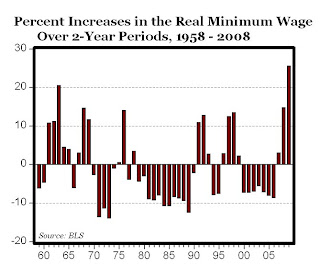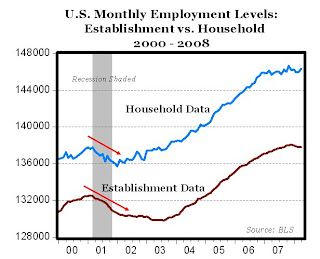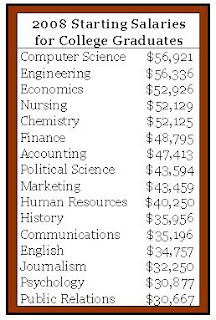On Wednesday, at the educational sessions of the Southwest Growers Conference, Dr. Marco Palma gave an excellent presentation on “hiring a legal workforce” for nursery and greenhouse operators. Conference attendees were also presented with their very own copy of the newly revised Immigration and Labor Handbook that is hot off the press (click here).
As part of the discussion, it was was pointed out that increased I-9 and immigration compliance audits of businesses are expected. To prepare, ANLA has revised their employer audit guide (click here). ANLA also reports an increase in DOL wage and hour investigations targeting nursery employers using the H-2A agricultural guest worker program. Auditors are closely scrutinizing job descriptions and performance of non-agricultural work that can result in the loss of the agricultural overtime exemption.


